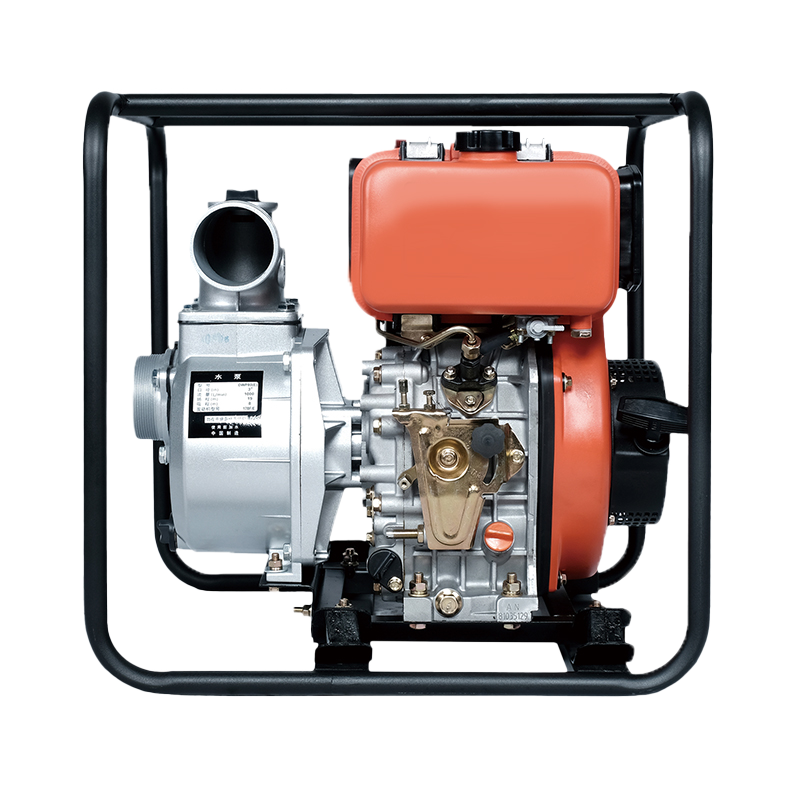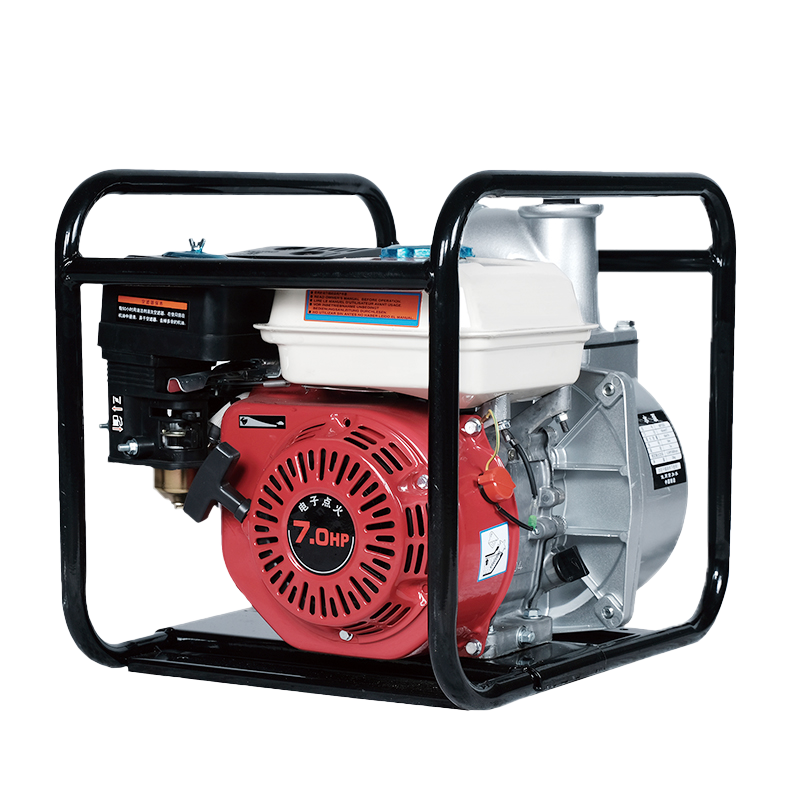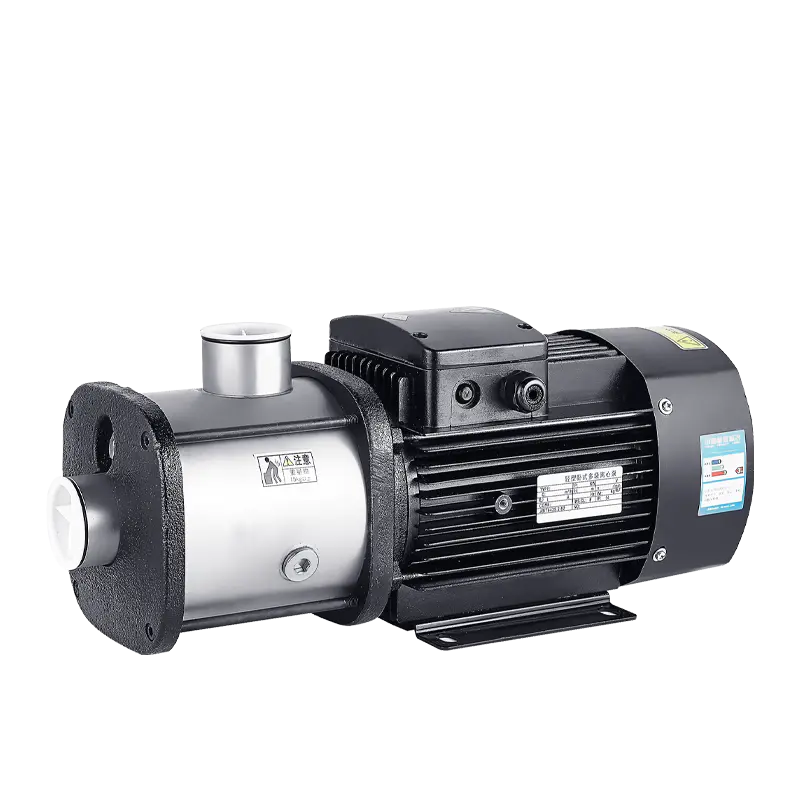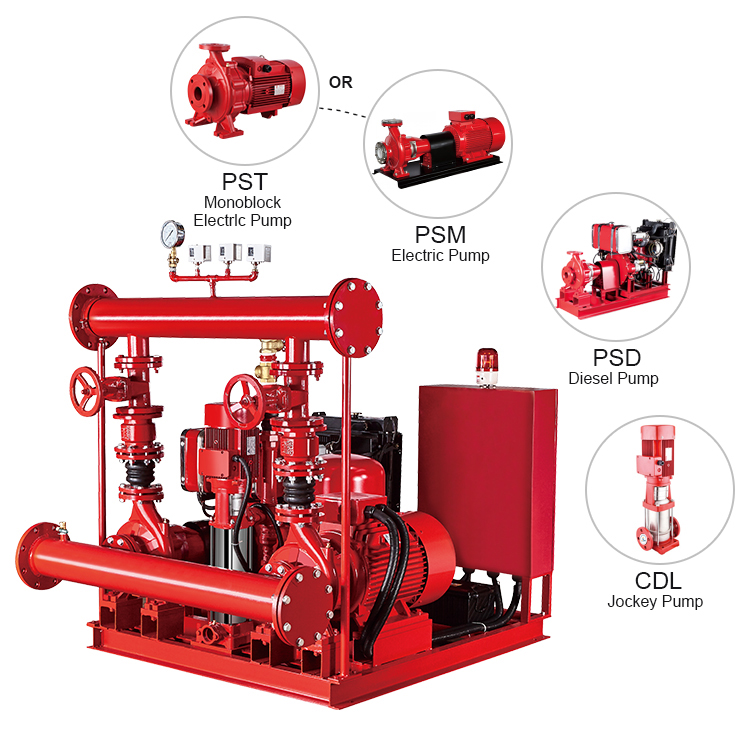Horizontal Centrifugal Pump: A Comprehensive Guide to Reliable Fluid Transfer
A horizontal centrifugal pump is one of the widely used pump types for fluid transfer in various industries. Known for its reliability, efficiency, and versatility, this pump is commonly employed in applications such as water supply, irrigation, chemical processing, and oil and gas. Its horizontal design makes it ideal for installations where space and accessibility are critical.
What Is a Horizontal Centrifugal Pump?
A horizontal centrifugal pump is a type of centrifugal pump designed with a horizontally mounted shaft. It uses the principle of centrifugal force to move fluids by converting mechanical energy from a motor into kinetic energy, which is then transformed into pressure energy.
The horizontal configuration refers to the pump’s orientation, with the shaft positioned parallel to the ground. This design allows for easy maintenance, inspection, and installation, making it a popular choice for a wide range of industries.

Key Features of Horizontal Centrifugal Pumps
Horizontal centrifugal pumps are designed with features that enhance their performance and versatility:
1. Horizontal Shaft Orientation
The horizontally mounted shaft simplifies maintenance and installation, making it easy to access critical components.
2. Multiple Impeller Options
Available with single-stage or multi-stage impellers to handle varying pressure and flow requirements.
3. Durable Construction
Made from robust materials like stainless steel, cast iron, or bronze to handle corrosive or abrasive fluids.
4. Compact Design
Space-saving configuration suitable for installations with limited vertical space.
5. Wide Flow and Pressure Range
Capable of handling low to high flow rates and operating efficiently under high-pressure conditions.
6. Low Noise and Vibration
Designed to operate smoothly, ensuring a quiet and stable working environment.
7. Customizable Configurations
Available in various sizes and designs to meet specific application requirements.
8. Energy Efficiency
Optimized for minimal energy consumption, reducing operational costs.
How to Choose the Right Horizontal Centrifugal Pump
Selecting the right horizontal centrifugal pump is critical for achieving performance and efficiency. Here are the key factors to consider:
1. Flow Rate and Pressure Requirements
Determine the desired flow rate (measured in GPM or LPM) and head pressure to select the appropriate pump size.
2. Fluid Properties
Consider the type of fluid being pumped, including its viscosity, temperature, and corrosiveness, to select suitable materials and designs.
3. Pump Efficiency
Look for energy-efficient models to reduce operational costs over time.
4. Material Construction
Choose corrosion-resistant materials like stainless steel for aggressive or abrasive fluids.
5. Space Availability
Ensure the pump’s horizontal design fits within the available installation space.
6. Application Requirements
Select a pump with the right configuration (single-stage or multi-stage) for your specific application.
7. Reputable Manufacturer
Purchase from a trusted manufacturer offering quality products, warranties, and technical support.
A horizontal centrifugal pump is a versatile and efficient solution for fluid transfer in a wide range of industries. With its durability, energy efficiency, and reliable performance, it’s an essential tool for applications like water supply, chemical processing, and oil and gas operations.
When selecting a horizontal centrifugal pump, consider factors like flow rate, fluid properties, and space availability to ensure it meets your specific needs. Regular maintenance will help maximize its lifespan and keep it running smoothly.
 English
English عربى
عربى
 Fire Pump and System
Fire Pump and System Split Case Pump
Split Case Pump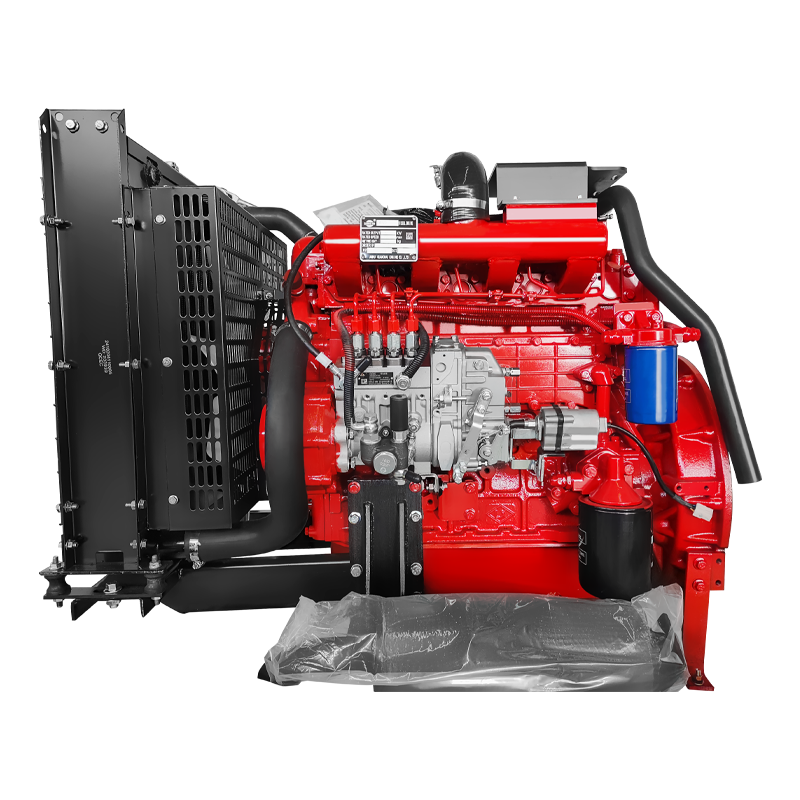 Engine and Pump
Engine and Pump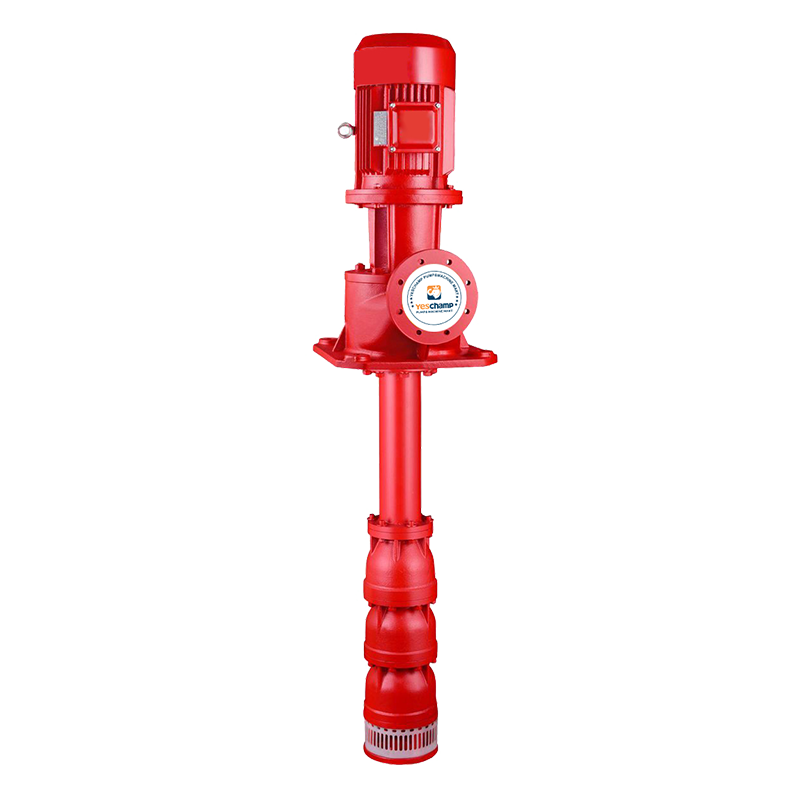 Long Shaft Pump
Long Shaft Pump Multistage pump
Multistage pump Water Supplier System
Water Supplier System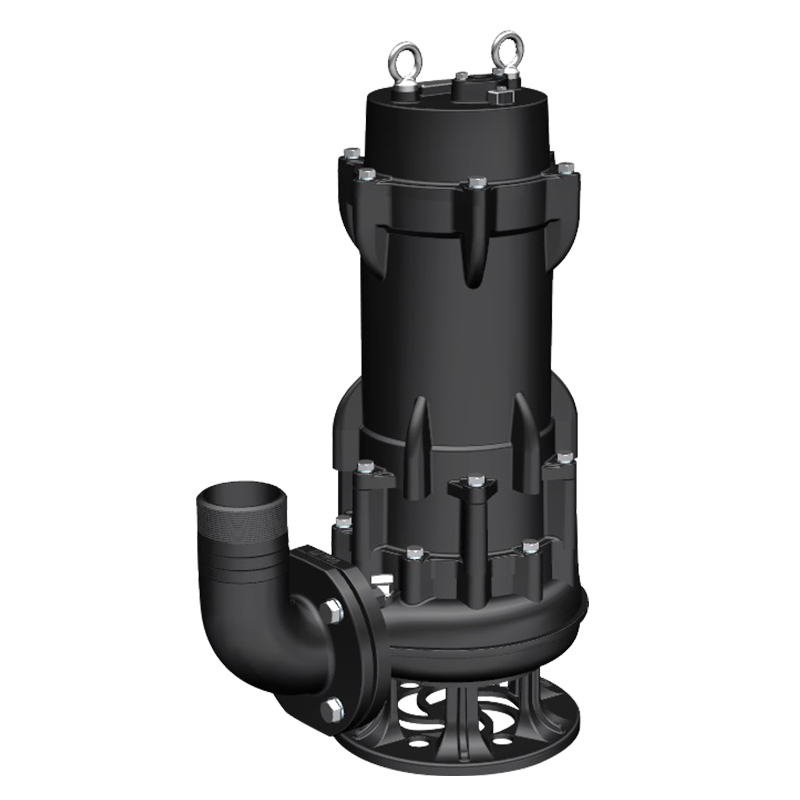 Sewage Pump
Sewage Pump Industrial Pump
Industrial Pump Self-Priming Pump
Self-Priming Pump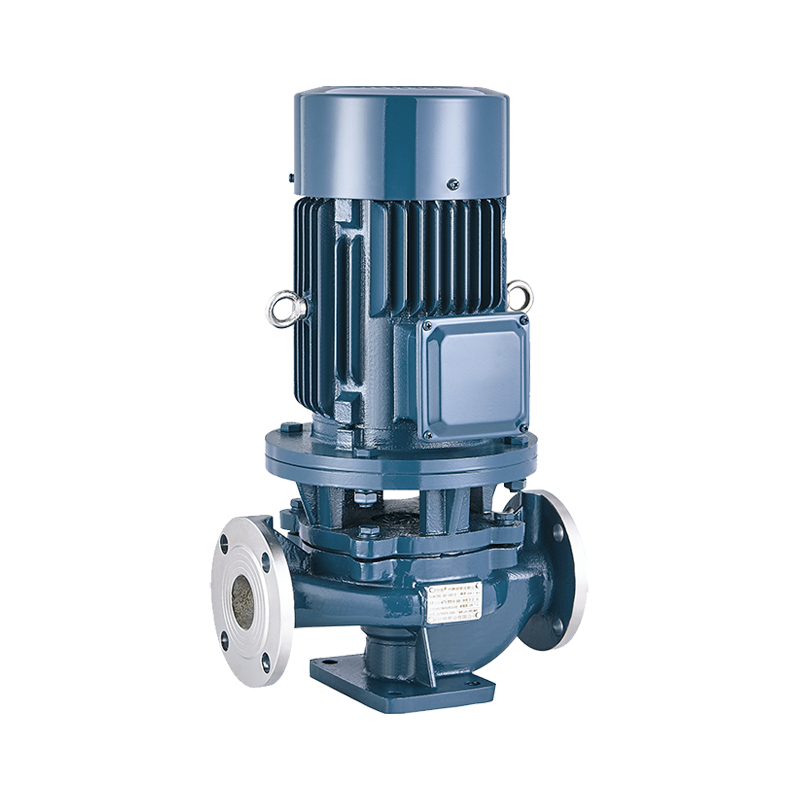 Inline Pump
Inline Pump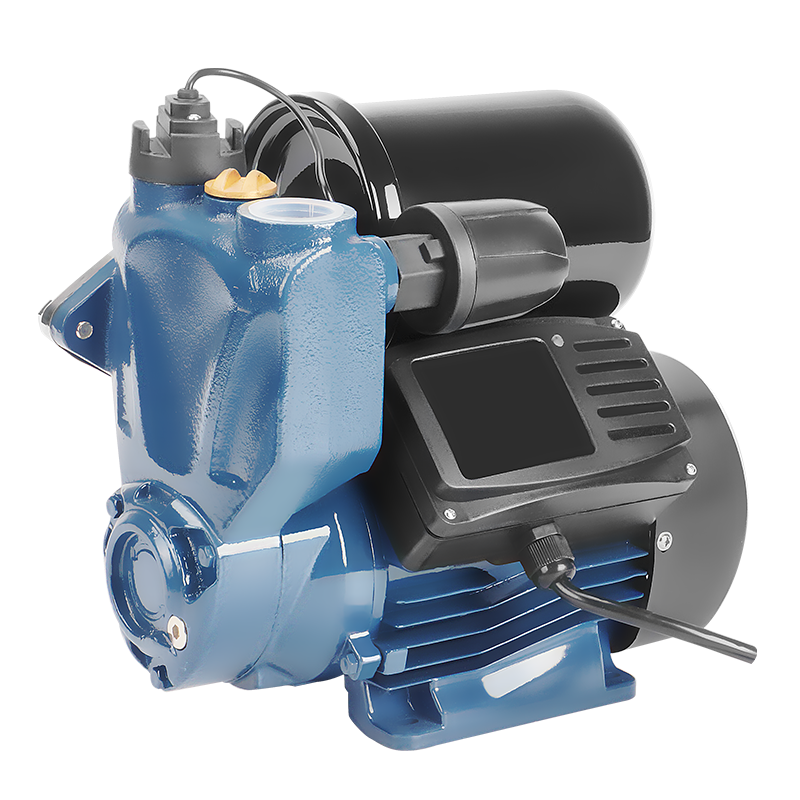 Domestic Pump
Domestic Pump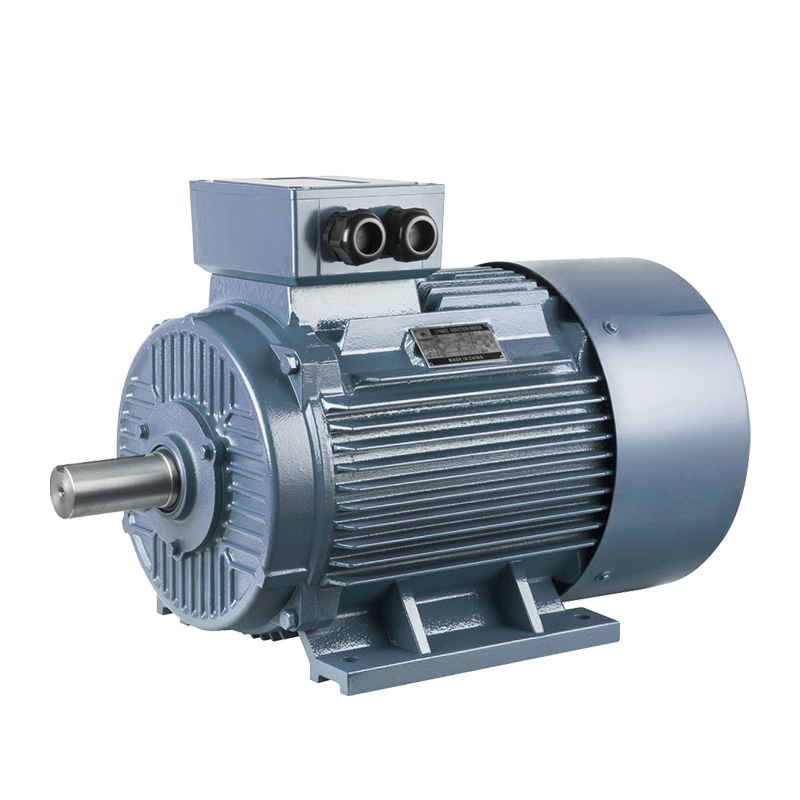 Electric Motor
Electric Motor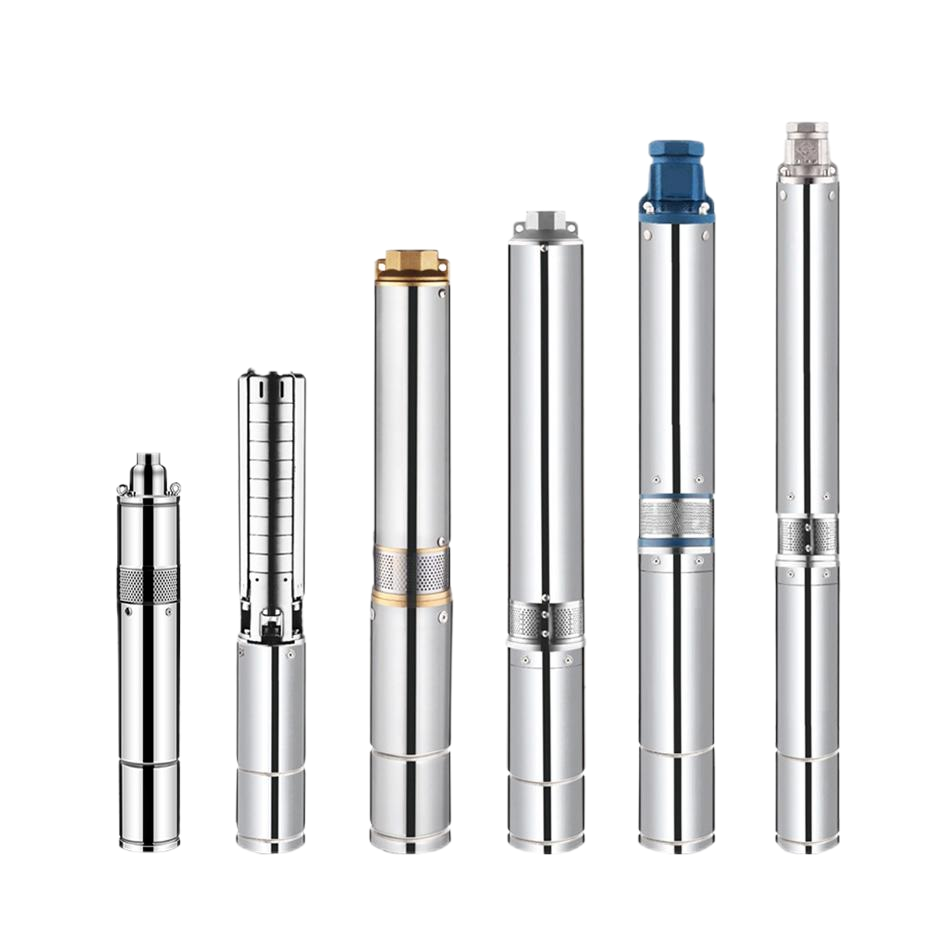 Borehole Pump
Borehole Pump


